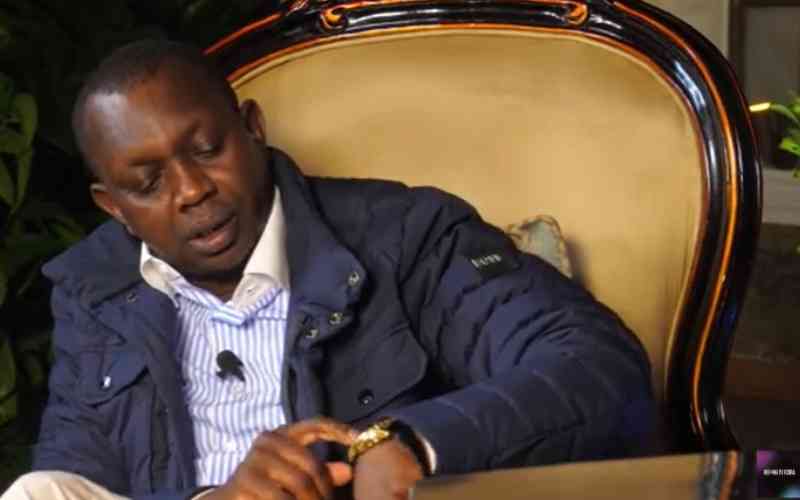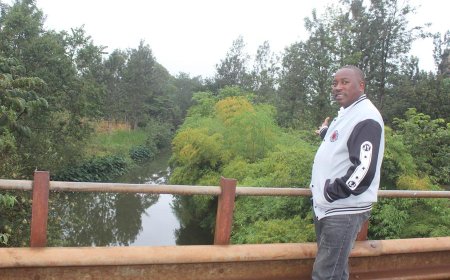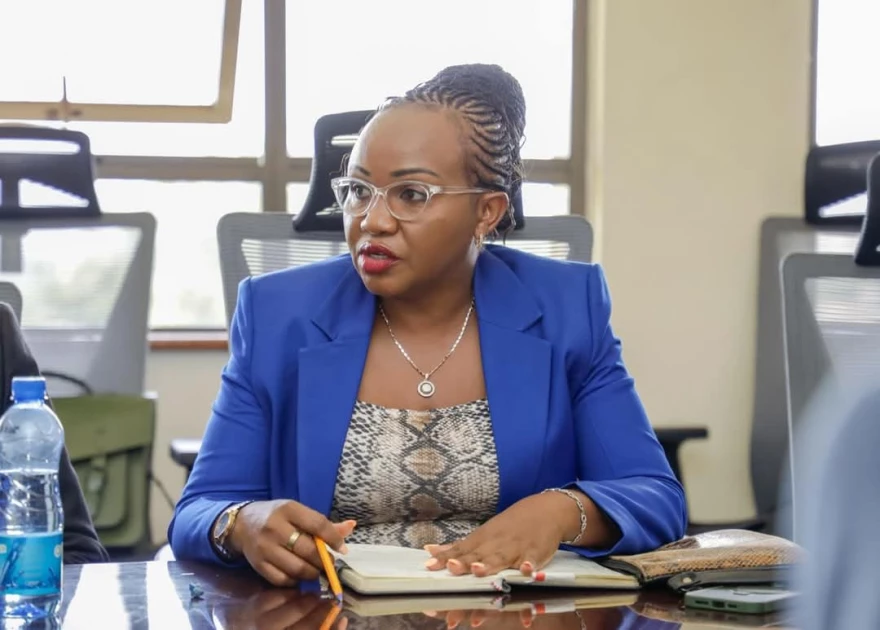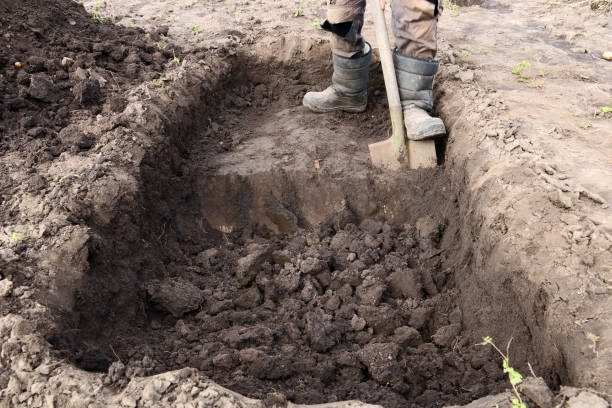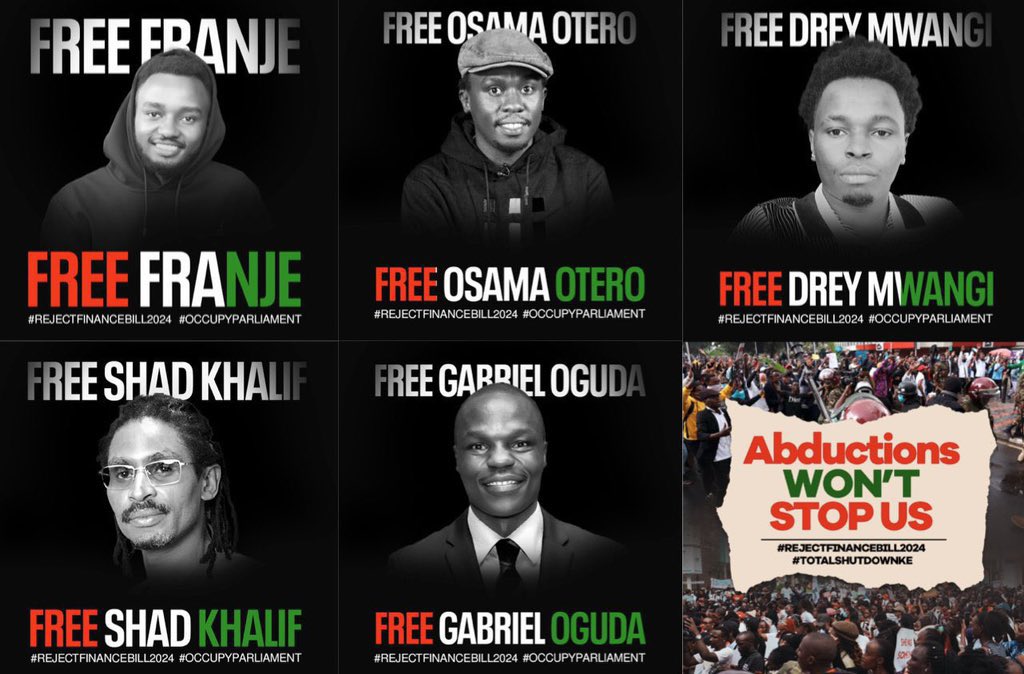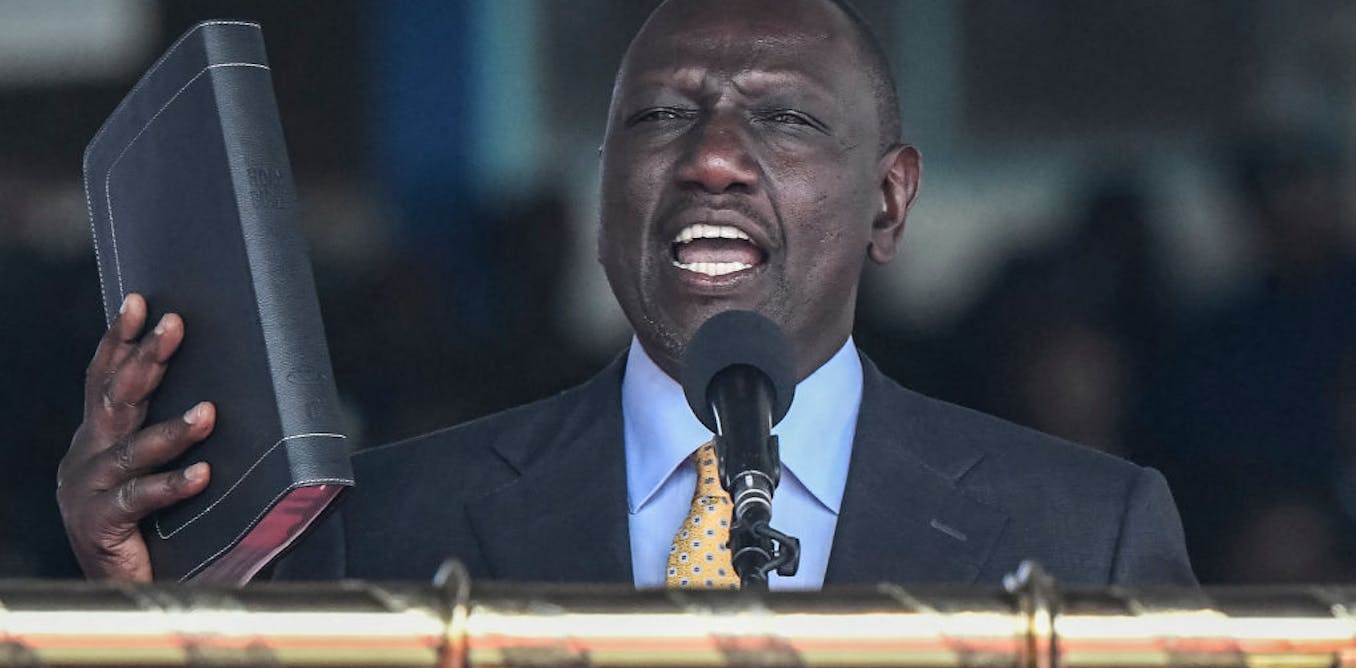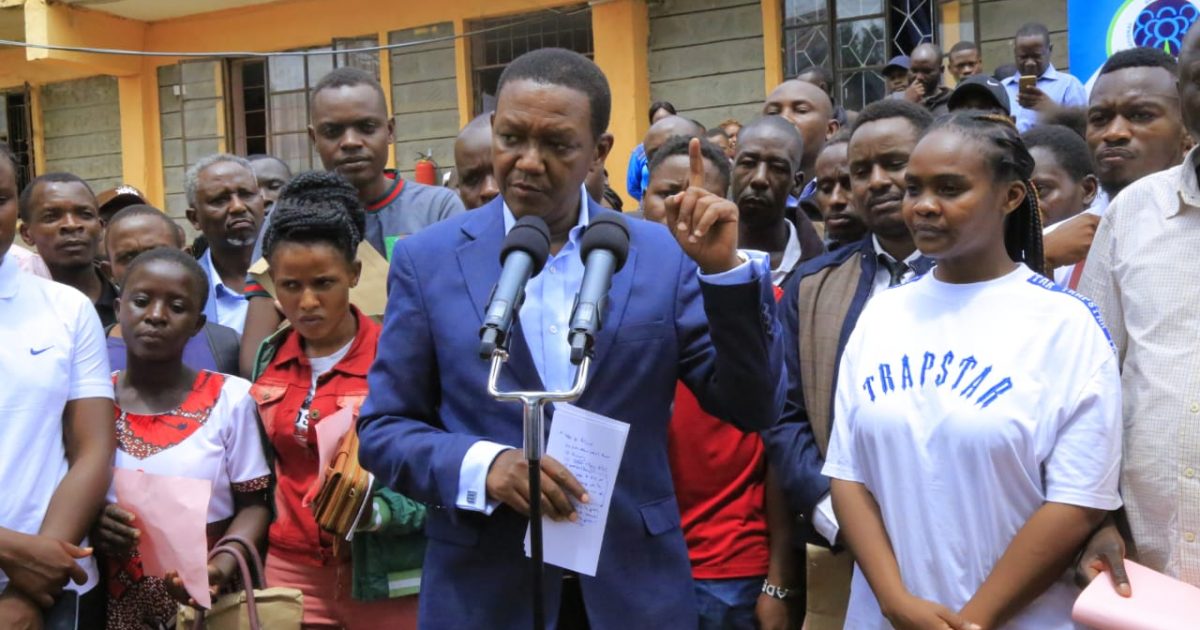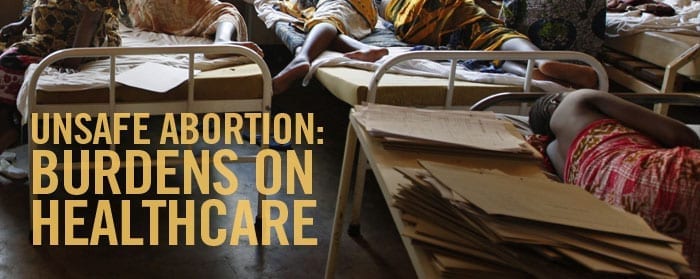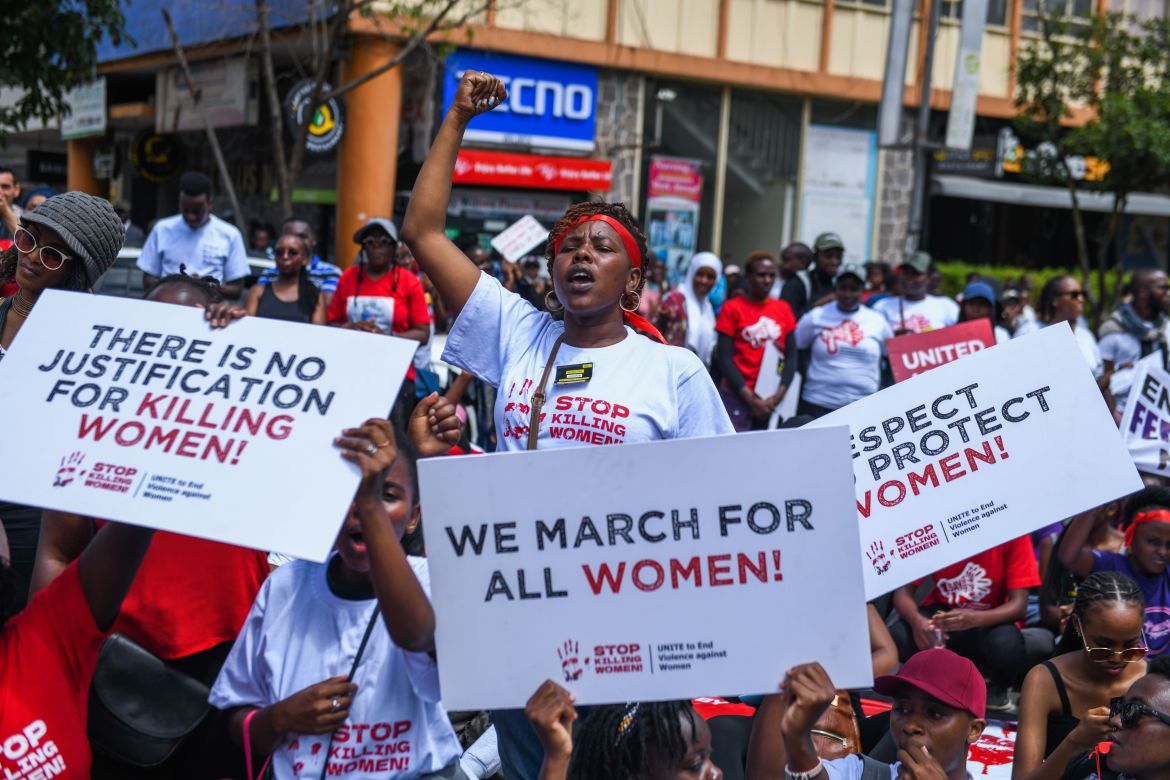Climate Change: The Littlest Warriors on the Frontline
The Littlest Warriors on the Frontline. Discover how children are leading the fight against climate change from inspiring young activists to child-centric climate policies, explore how the youngest generation is advocating for environmental justice and a sustainable future.
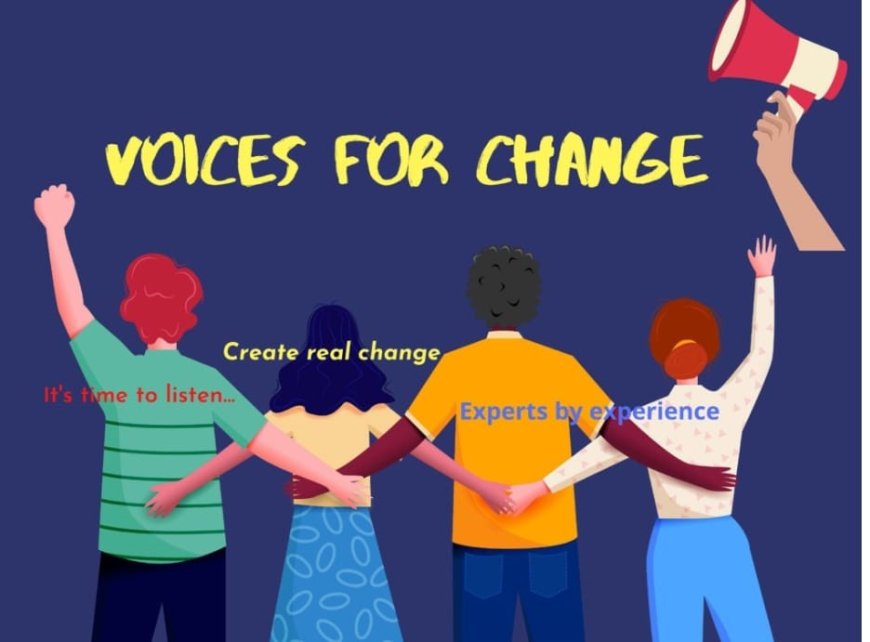
In the vibrant streets of Nairobi, where the sun kisses the earth with relentless fervor, a new breed of warriors is rising. These warriors are not clad in armor but in school uniforms and sneakers. They are the children, the littlest warriors on the frontline of climate change, fighting for a future they rightfully deserve.
The Young Advocates: Voices of Change
Meet Leah Namugerwa, a 15-year-old from Uganda, who has been striking every Friday since 2019 as part of the global Fridays for Future movement. Inspired by Greta Thunberg, Leah has become a beacon of hope in her community, advocating for tree planting and plastic bag bans. Her passion is infectious, and her message is clear: “We are the future, and we demand action now.”
Across the Atlantic, in the bustling city of New York, 13-year-old Alexandria Villaseñor has been a relentless climate activist. She began her journey by striking outside the United Nations headquarters, braving the cold winters to demand climate action. Alexandria’s dedication has earned her a spot among the world’s most influential young climate activists.
The Impact: Children on the Frontline
Children are often the most affected by climate change. From increased exposure to air pollution to the devastating effects of natural disasters, the youngest members of our society bear the brunt of environmental degradation. In Kenya, prolonged droughts have led to food and water shortages, affecting children’s health and education. The situation is dire, but these young warriors refuse to back down.
Policies for Protection: A Call to Action
So, what can be done to protect these young warriors and ensure a sustainable future for them? Here are some key policy recommendations:
-
Child-Centric Climate Policies: Governments must prioritize children’s needs in climate policies. This includes ensuring access to clean water, nutritious food, and safe living conditions.
-
Education and Empowerment: Investing in climate education is crucial. By equipping children with knowledge and tools, we empower them to become effective advocates for change.
-
Inclusive Decision-Making: Children should have a seat at the table when it comes to climate policy discussions. Their voices and perspectives are invaluable in shaping effective and inclusive policies.
-
Strengthening Resilience: Enhancing the resilience of communities to climate impacts can significantly reduce the vulnerability of children. This includes building robust infrastructure and providing social safety nets.
Inspiring Stories: Hope on the Horizon
In the Philippines, 12-year-old Ralyn Satumba has been leading beach clean-ups and mangrove planting activities in her coastal village. Her efforts have not only improved the local environment but also inspired her peers to join the cause. Ralyn’s story is a testament to the power of grassroots activism and the impact that even the youngest voices can have.
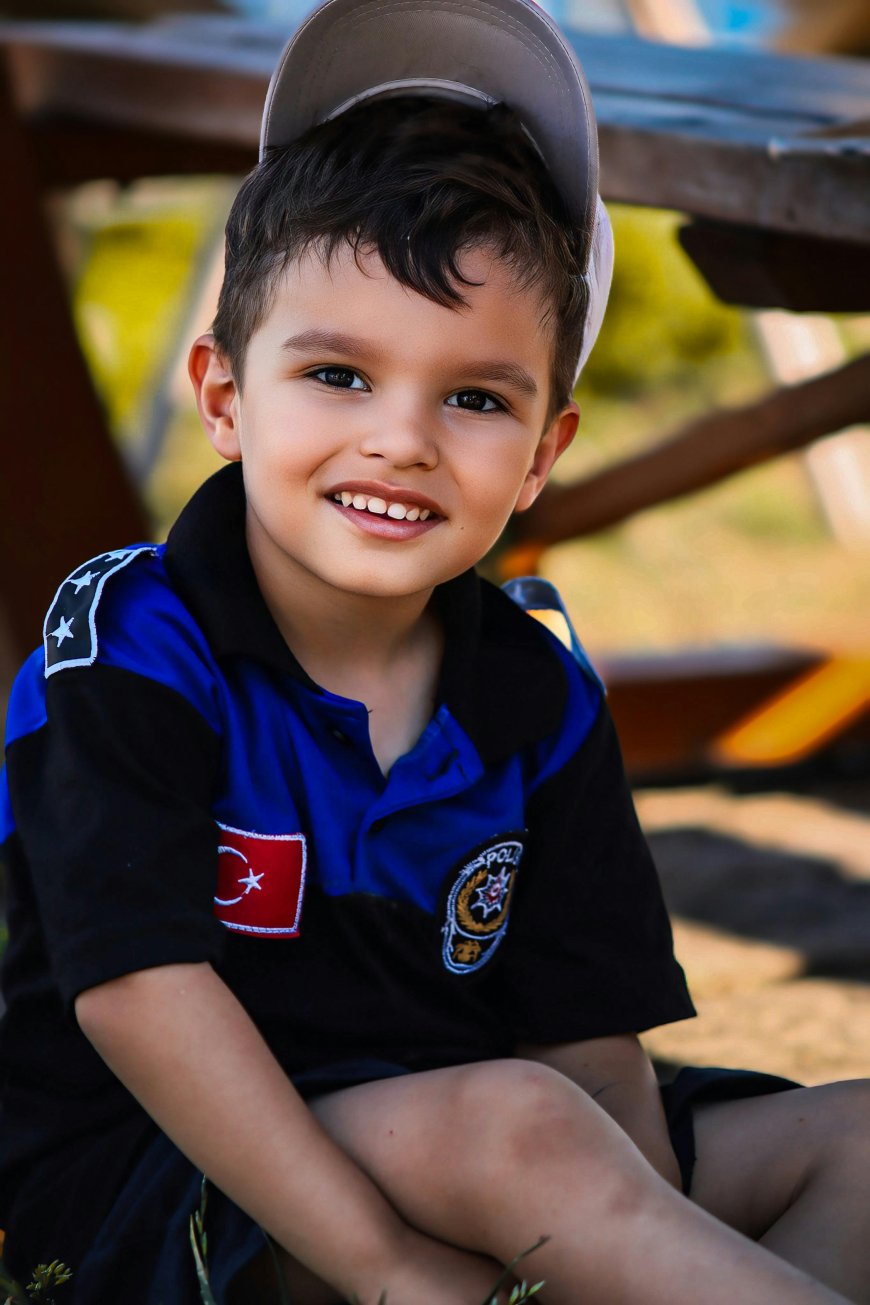
Back in Africa, 14-year-old Lesein Mutunkei from Kenya has combined his love for football with environmental activism. For every goal he scores, Lesein plants a tree. His initiative, “Trees for Goals,” has garnered international attention and has led to the planting of thousands of trees across Kenya.
Conclusion: The Future is Now
The fight against climate change is far from over, but with the littlest warriors leading the charge, there is hope on the horizon. These young activists remind us that age is just a number when it comes to making a difference. As we continue to battle the climate crisis, let us draw inspiration from their courage and determination. After all, the future belongs to them, and they are ready to fight for it.
What's Your Reaction?









